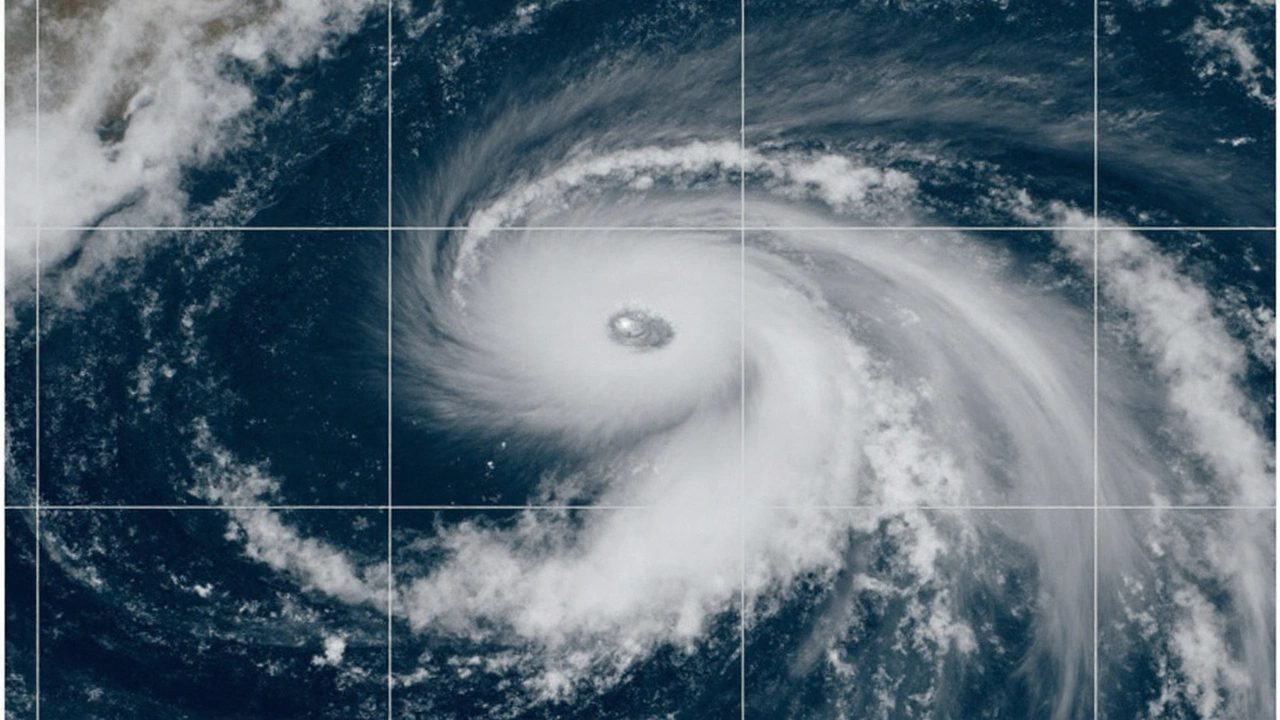Tropical Storm Monitoring: What You Need to Know
When a tropical storm is heading your way, the first thing you want is clear, up‑to‑date information. Knowing where the storm is, how fast it’s moving, and what kind of rain or wind to expect can make the difference between a smooth preparation and a stressful scramble. In this guide we’ll show you the easiest ways to keep tabs on a storm, what alerts mean, and how to act quickly to protect yourself and your home.
How to Track a Storm in Real Time
Start with the official weather websites. The national meteorological service provides live maps that show the storm’s path, wind speed, and rainfall estimates. Most of these sites also let you enter your zip code to get a customized feed. Smartphone apps are another handy tool – they push notifications the moment a watch or warning is issued for your area. Make sure the app pulls data from a trusted source, not just a random blog.
Social media can be useful, but treat it like a rumor mill. Follow the official accounts of weather agencies, local emergency management, and reputable news stations. When a storm is forming, these accounts will post regular updates, graphics, and video clips that break down the technical jargon into plain language.
Finally, set up a simple text or email alert system if your provider offers one. Many services let you sign up for free alerts that trigger when a storm reaches a certain category or distance from you. This is the most reliable way to get a heads‑up without checking your phone every few minutes.
Key Safety Steps When a Storm Approaches
First, protect your home. Close all windows, secure outdoor furniture, and bring in loose items like garden tools that could become projectiles. If you have a generator, place it outside and keep it at least three meters from any doors or windows – carbon monoxide is a silent killer.
Second, gather emergency supplies. A two‑day supply of water, non‑perishable food, a flashlight, batteries, and a basic first‑aid kit are essential. Keep your phone charged and have a power bank ready in case the outage lasts longer than expected.
Third, have a family plan. Decide on a meeting spot, know the route to the nearest shelter, and make sure everyone knows how to get important documents quickly. If you have pets, include a carrier and some food in your kit.
Finally, listen to official instructions. If authorities issue an evacuation order, leave as soon as it’s safe to do so. Don’t wait for the storm to hit because traffic can become gridlocked and dangerous.
By using reliable tracking tools and following these simple safety steps, you can stay ahead of a tropical storm and keep yourself and your loved ones out of harm’s way. Remember, the best defense is good information and early action.
Hurricane Gabrielle Explodes to Category 4 as New Atlantic Storms Brew
- Thomas O'Reilly
- Sep 24 2025
- 0 Comments
The storm surged to Category 4 strength with 140‑mph winds east‑southeast of Bermuda after a rapid intensification phase. Originating from an African tropical wave, it has maintained its power while heading east‑northeast. Forecasters also note two fresh tropical disturbances forming behind it, raising U.S. landfall concerns as October nears.
View More
